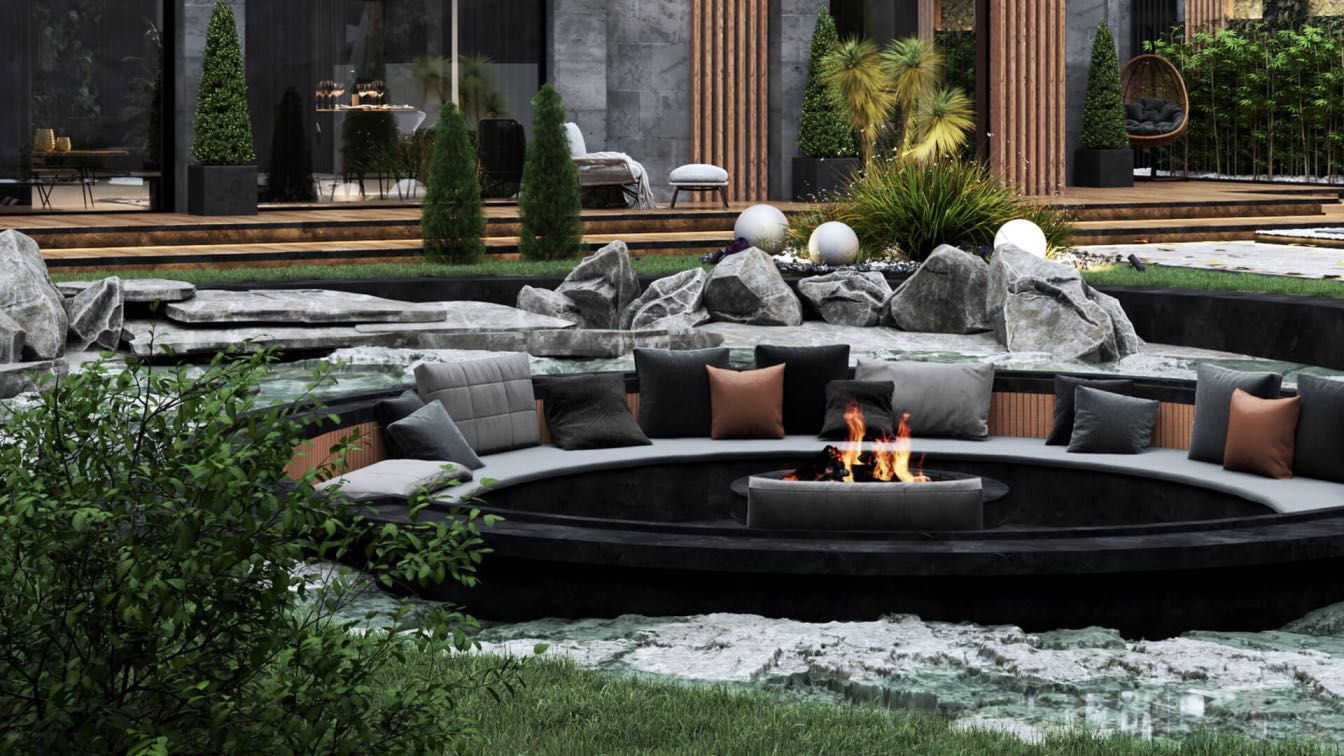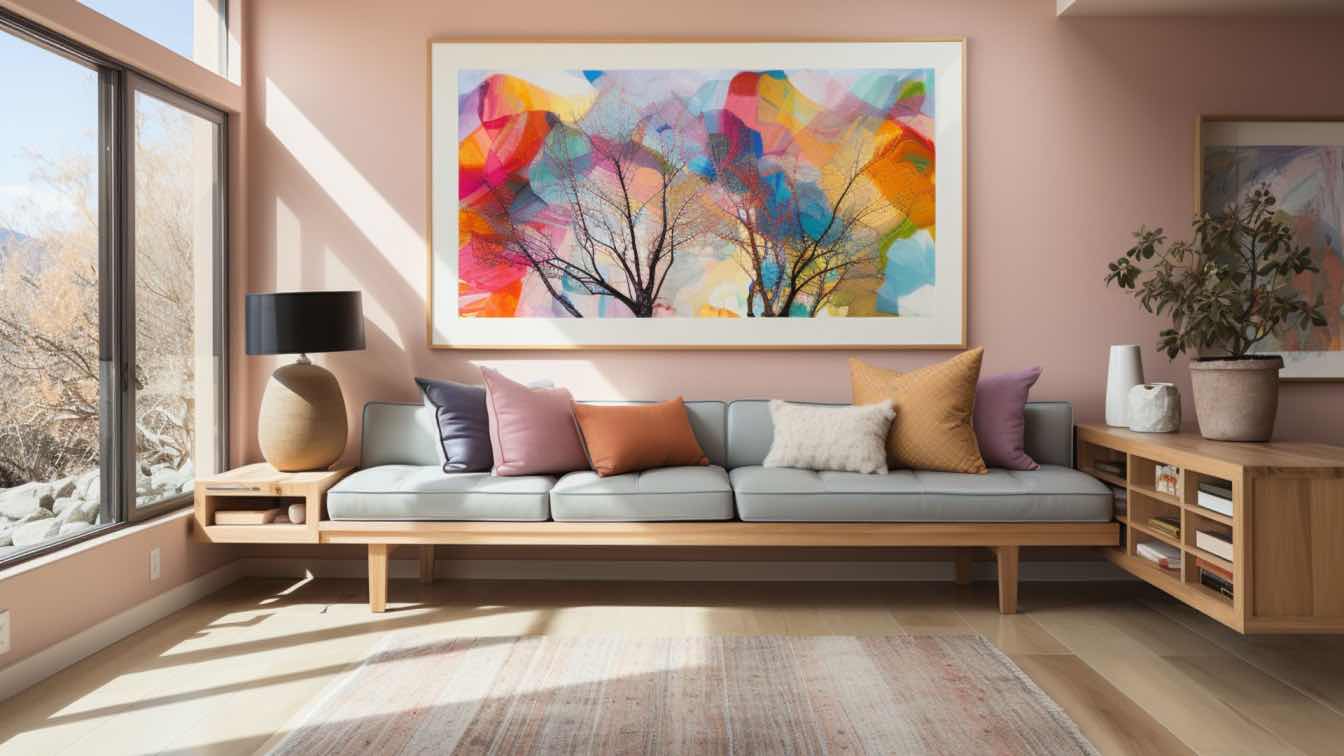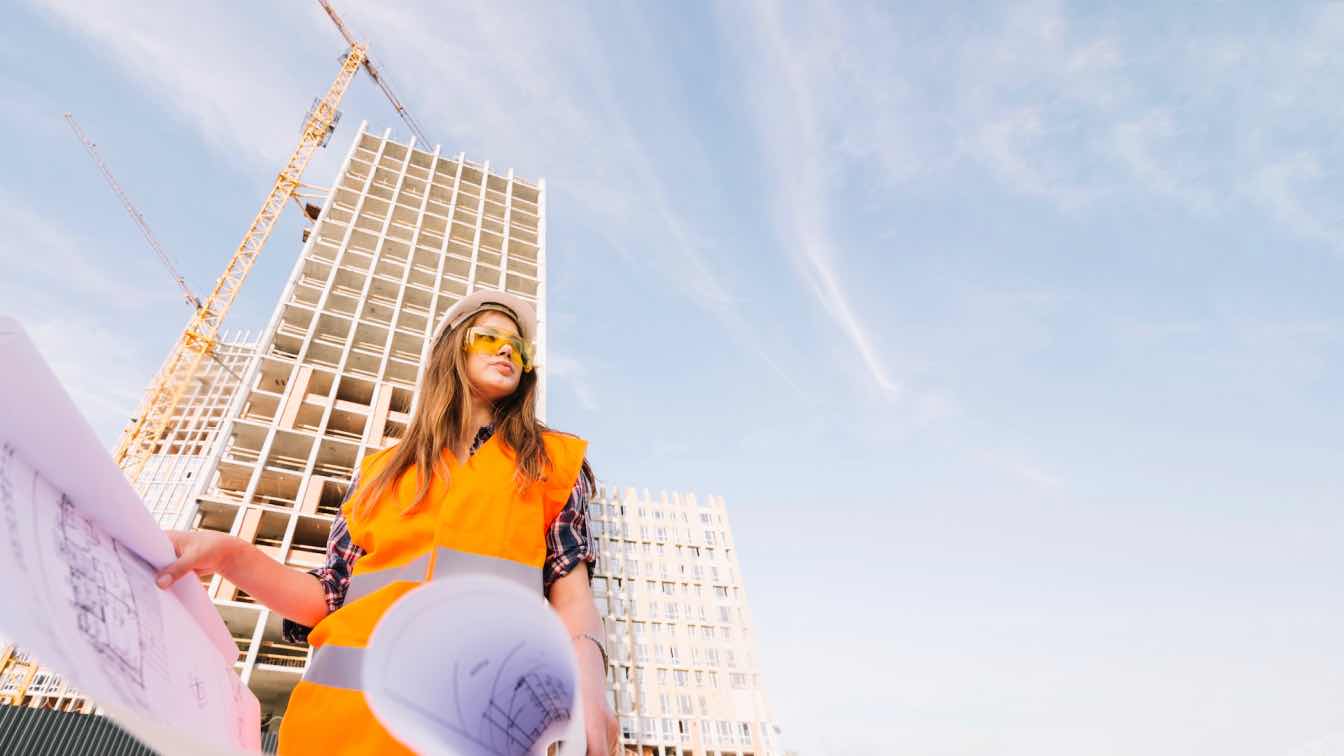The roof of a building is one of the most important components of its architecture. It serves many purposes, from protecting the interior from external elements to defining the aesthetic and structural integrity of a structure. As such, it is essential for any architectural project to be well-designed in order to ensure that it meets all relevant standards and provides adequate protection for those who inhabit or use it.
This article will explore the importance of roofs in architecture and how they contribute to both form and function. We will also discuss some common types of roofs used today, as well as their advantages and disadvantages. With this information, you should have an increased understanding of why roofs are so crucial when designing buildings!
1. Protection Against the Elements:
A roof’s primary purpose is to protect those within and around a building from adverse weather conditions. In colder climates, this protection is especially important as snow and ice can cause significant structural damage if left unchecked. Even in milder regions, roofs are necessary for protection against rain, wind, direct sunlight, and other environmental factors. When selecting a roof for an architectural project, it is essential to consider the climate of the area as well as its intended use in order to determine which type and style of roof will be most suitable. This will ensure that the roof is able to adequately protect those within the structure.
Different designs and materials are required for different climates, which is why local expertise plays a big role in roof selection. People living around Camden County always work closely with a Cherry Hill roofer to figure out what type of roofing material offers the best protection for their specific weather conditions. These professionals consider everything from insulation to water resistance before recommending a solution. Choosing the right roof from the beginning saves time, money, and unnecessary repairs down the line.
2. Aesthetic Appeal:
In addition to providing protection, roofs also play a critical role in creating an aesthetically pleasing building. The shape and style of a roof can dramatically affect its overall appearance, making it either attractive or unattractive. It is important to consider how a roof will look from ground level and make sure that it fits with the rest of the architectural design. For example, if a building has round windows and curved walls, then a sloped roof may provide a balanced visual appeal. On the other hand, if the design of the building is more angular and structured, then a flat roof could be used instead for aesthetic purposes as well as practicality
3. Structural Integrity:
The roof of a building also contributes significantly to its overall structural integrity. This is because roofs help support the weight of other components, such as walls and windows, that make up the rest of the building. Without this support, these materials could weaken over time and present safety hazards due to their instability. The team at steadfastroofingfl.com also agrees that the strength and stability of a roof are largely determined by its design and materials used during construction, so it’s important to pay extra attention when choosing a suitable option for any project.
4. Energy Efficiency:
In addition to form and function, roofs are also important for energy efficiency. Depending on the type of roof used, a building can be much more efficient in terms of cooling or heating costs. For instance, metal or asphalt shingle roofs that are properly installed typically reflect solar radiation and keep buildings cooler in the summertime. Conversely, they can also increase warmth retention during colder months by trapping heat inside the structure.
A well-constructed roof is often an important part of any green building design as it helps reduce energy consumption and costs in the long run. For instance, the U.S. Energy Department recommends installing reflective roofs in order to achieve maximum energy savings.
5. Durability:
A roof’s durability is another important factor to consider when constructing a building. This is because roofs are often exposed to extreme weather conditions such as snow, ice, and high winds. Certain materials, such as metal and slate, can withstand these elements better than others and provide increased protection against damage due to regular wear and tear over time. It’s important to select the right type of material based on the climate of the area in order to ensure that the roof will remain functional for many years with minimal maintenance required.
6. Cost:
The cost of a particular roofing material is also an important factor to consider. Certain materials, such as metal and slate, tend to be more expensive than asphalt shingles or wood shakes. However, these pricier options can offer superior protection against the elements and may require less maintenance in the long run. It’s important to evaluate the costs associated with different types of roofs and determine which one offers the most value for money.
 Home for a Winemaker in Arrowtown, New Zealand by Stacey Farrell Architect
Home for a Winemaker in Arrowtown, New Zealand by Stacey Farrell Architect
There are many factors that need to be taken into account when selecting a suitable roof for any architectural project. Not only does it provide essential protection from environmental conditions, but it also contributes significantly to a structure's overall aesthetic appeal and structural integrity. Additionally, certain types of roofs can be more energy efficient and durable than others. It’s important to consider the cost of various materials and make sure that the roof chosen is suitable for both form and function.





